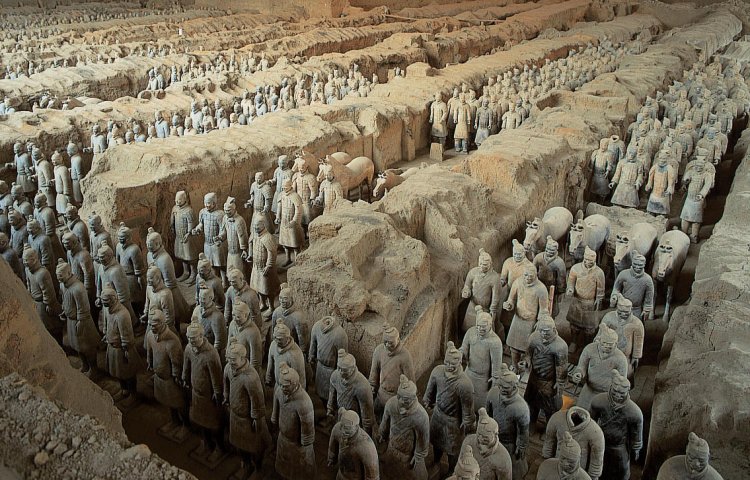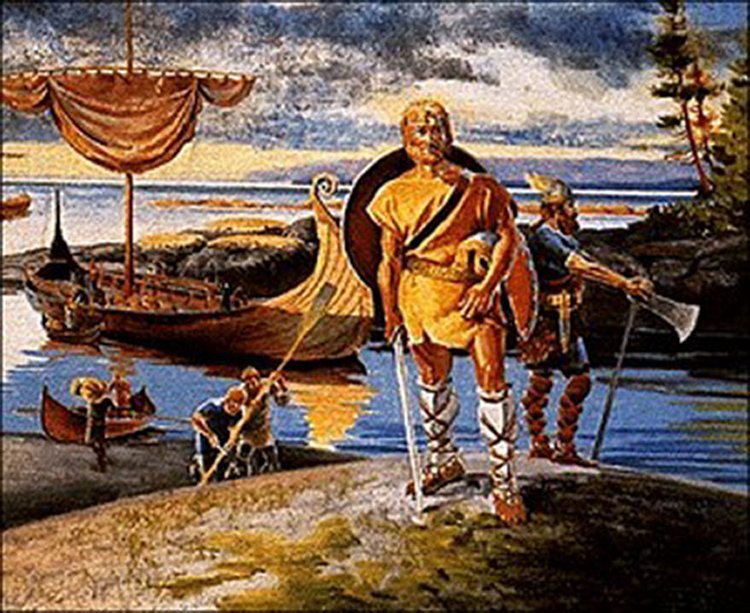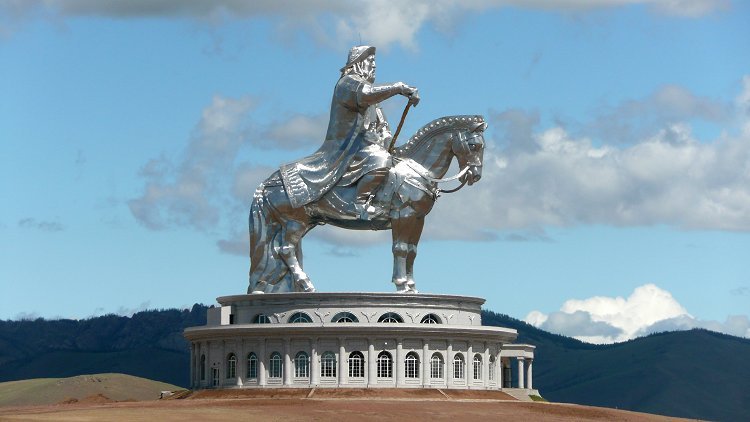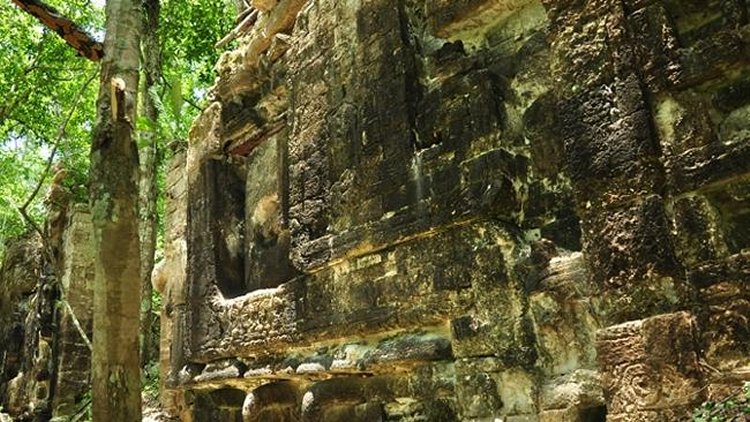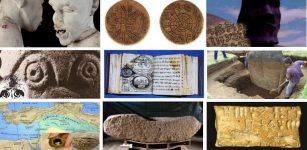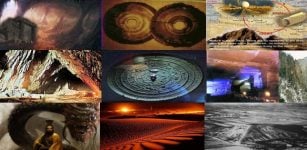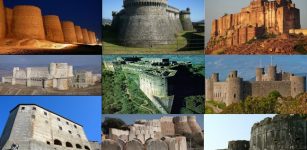7 Unsolved Ancient Mysteries Archaeologists Hope To Solve This Century
MessageToEagle.com – These magnificent ancient artifacts and places have remained shrouded in a veil of mystery of ages. Their existence and mysterious ancient history have fascinated scientists and the general public alike. Archaeologists have now high expectations as they hope new cutting-edge technology can help them to unravel the truth behind these seven mysterious ancient sites. In this century they hope to solve some the ancient mysteries no-one has ever been able to solve before.
Scientists have now new tools to employ such as remote-sensing equipment that allows them to “see” beyond the visual bandwidth to computers. These technical devices are powerful that they can process in a second what it would take humans thousands of years to do.
In this top list we take a closer look at the seven most important ancient enigmas archaeologists are attempting to cast new light on.
1. Opening The Tomb Of Qin Shi Huang Di – China’s First Emperor.
Archaeologists know the location of the burial site of Qin Shi Huang Di—surrounded by his Terracotta Warriors in X’ian—but the potential of damaging items preserved in the tomb for more than 2,000 years makes them reluctant to open it. “Remote-sensing tools like GPR and magnetometers can give us an idea of the interior structure, and eventually we’ll have tiny robotic devices that can enter the tomb and collect data with negligible disturbance,” says archaeologist and Society fellow Fredrik Hiebert.
2. Confirming Viking Presence In North America
There are many indications that Vikings visited North America, but we still lack conclusive evidence. Hiebert believes that the increasing temperatures will make glaciers reveal their secrets, the thawing coasts of Canada will expose a network of Viking settlements that will force us to rewrite the “discovery” of the Americas. “We already have identified two Viking sites in the Americas, and once we better understand the nature of these settlements, I’ll bet you we’ll start recognizing them all along the Atlantic coast. It’s not impossible to imagine,” he says.
3. Finding The Tomb Of Genghis Khan Or Alexander The Great
Technology like ground-penetrating radar (GPR) enables archaeologists to look underground without digging, says Hiebert. For National Geographic’s Valley of the Khans Project, his team used satellite imagery to identify potential locations for the burial site of Genghis Khan, and then “ground-truthed” the areas with GPR to determine their viability. “While we didn’t locate the tomb of Genghis Khan at the time, it’s a great way to survey large areas of land for what might be a relatively small feature. Ultimately it’s a numbers game: The more area you’re able to survey, the more likely you are to find something. Why not the tomb of Genghis Khan? Or Alexander the Great?”
4. Recovering An Intact Neanderthal
As global warming causes ice sheets and glaciers to retreat, it will be “very, very likely” that a well-preserved Neanderthal will one day emerge, says Hiebert, much like the 40,000-year-old baby mammoth found in Siberia.
5. Discover Unknown Ancient Cities And Civilizations In Central And South America
There could still be a number of unknown mysterious ancient cities and civilization hiding in the vast jungles of Central and South America. Perhaps we have merely scratched the surface of what is really hidden in those fascinating places. By using LiDAR [light detection and ranging] archaeologists can literally ‘see’ beneath dense jungle canopies in places like Honduras and Belize to locate settlements that scientists weren’t aware existed.
6. Deciphering The Mystery Language Of The Ancient Minoans
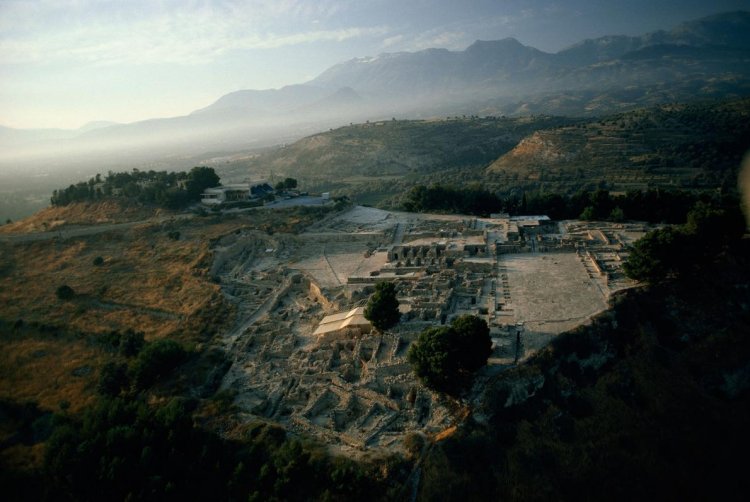
PHOTOGRAPH BY GORDON GAHAN, NATIONAL GEOGRAPHIC CREATIVE
It’s been more than a century since the powerful Minoan civilization of the Mediterranean was uncovered, but scholars are still unable to decipher their language, known as Linear A. “So far we have more than 1,400 examples of Linear A to study,” says Hiebert. “And now we have Big Data in our toolkit. Why don’t we put IBM’s Watson on the job?”
7. Understanding The Purpose Of The Nasca Lines
Researchers are still theorizing on the purpose of the Nasca lines. Do these elaborate geoglyphs in Peru represent constellations? Are they associated with water sources? Hiebert agrees with anthropologist and National Geographic Explorer-in-Residence Johan Reinhard, who says that no single evaluation proves a theory about the Nasca lines.
“This is where using increasingly powerful computer analysis to crunch big sets of geographical and archaeological data would be really important,” says Hiebert.
The opportunities for what archaeologists can discover in this century and the questions they will perhaps finally be able to answer seem almost limitless.
All we can do is to wish them good luck and hope we will soon learn more about our mysterious ancient past.
MessageToEagle.com
Source: National Geographic

